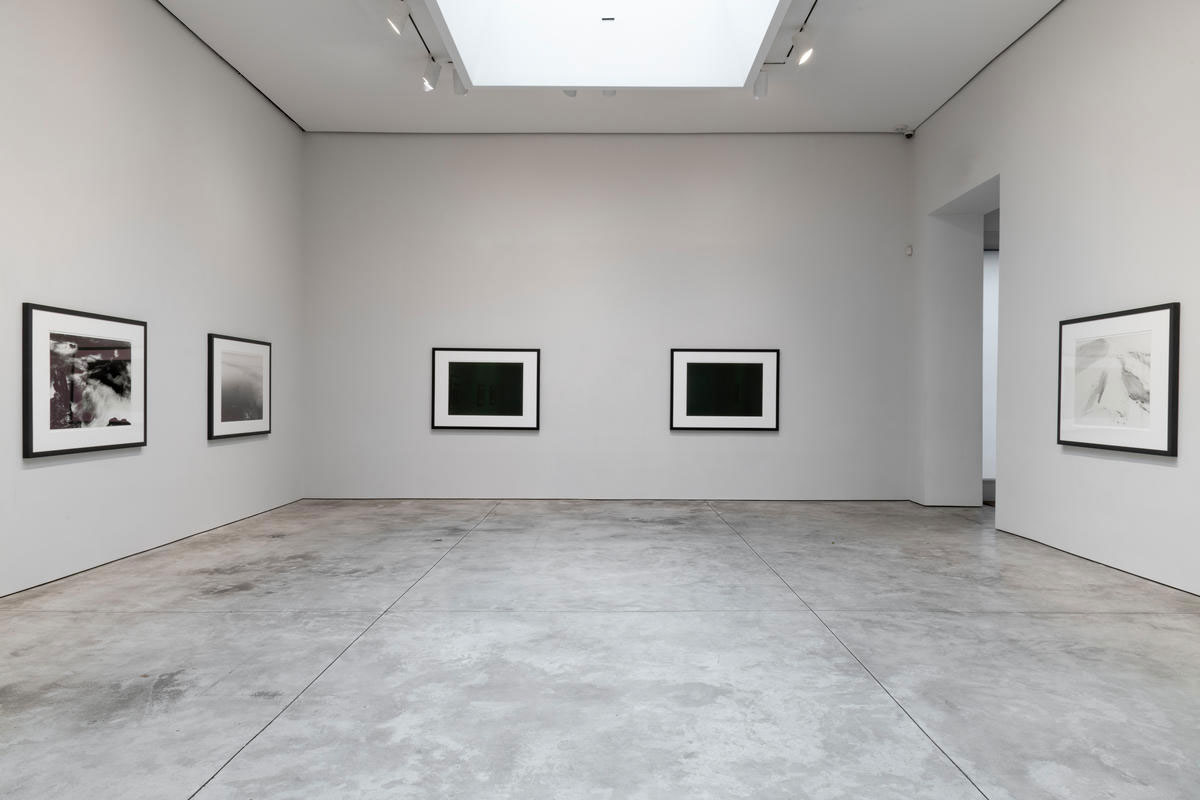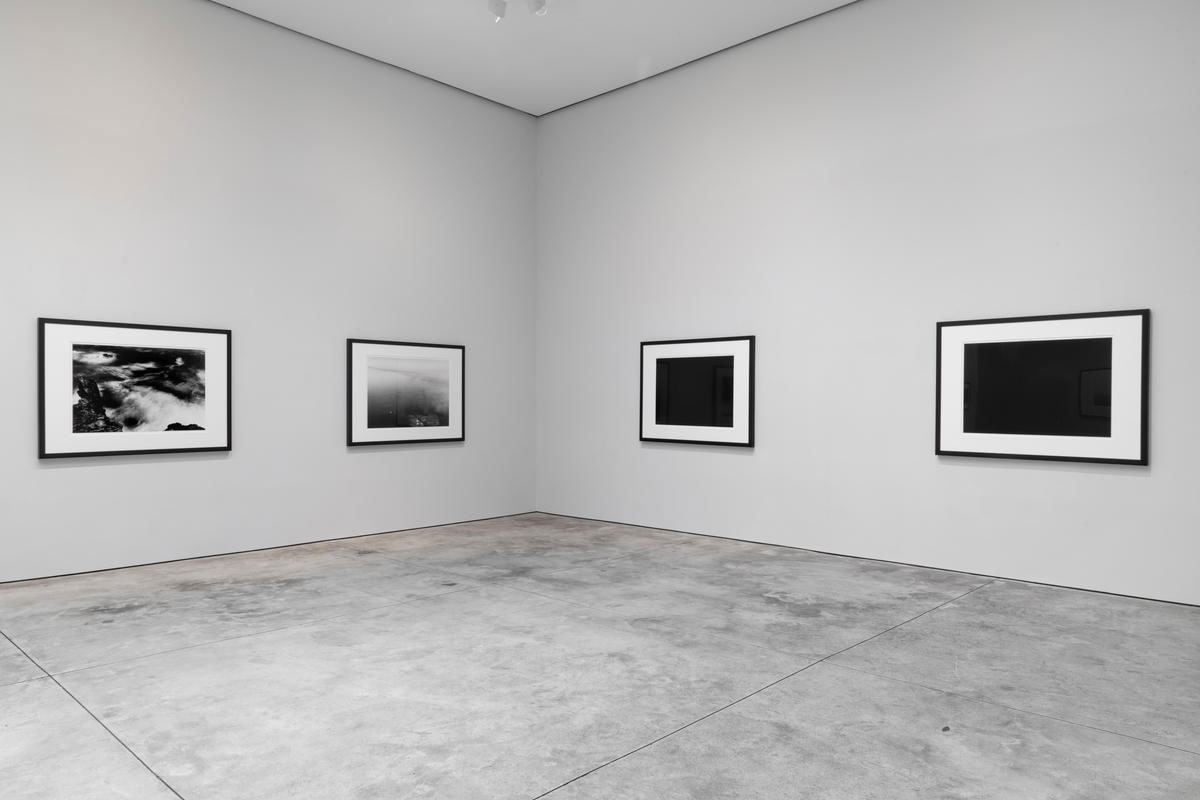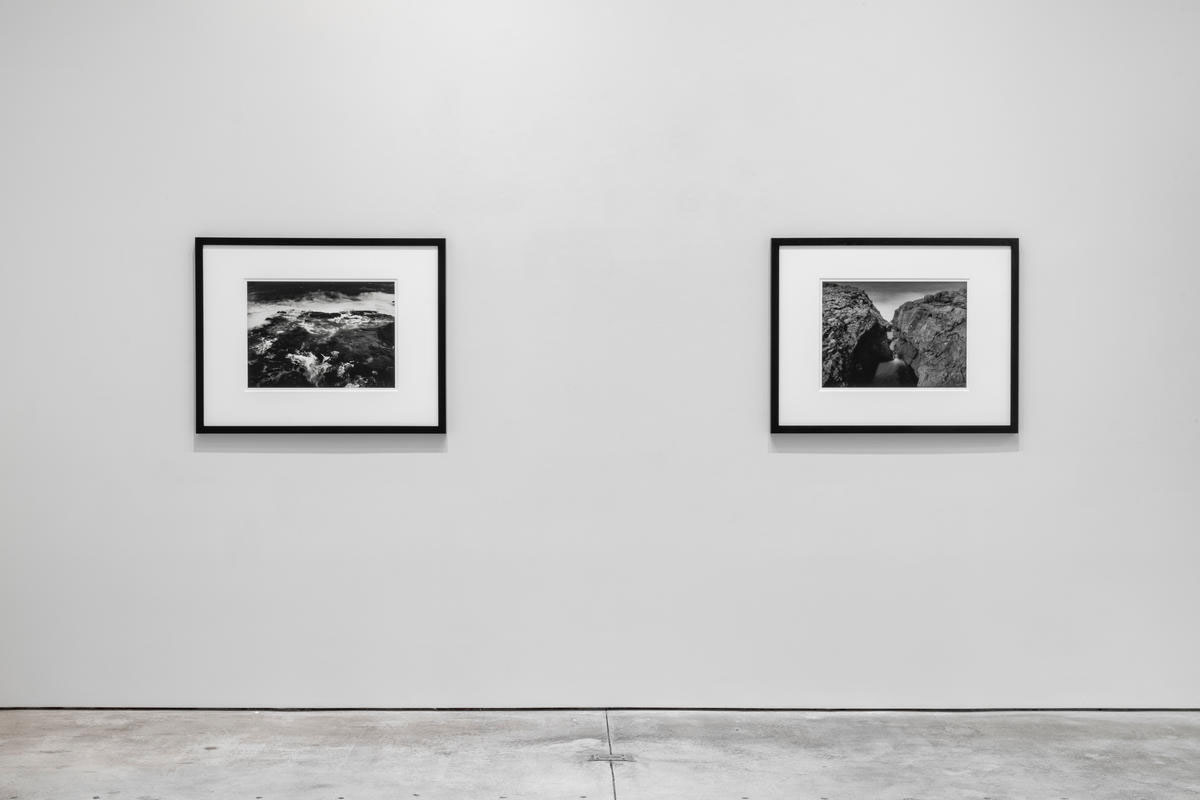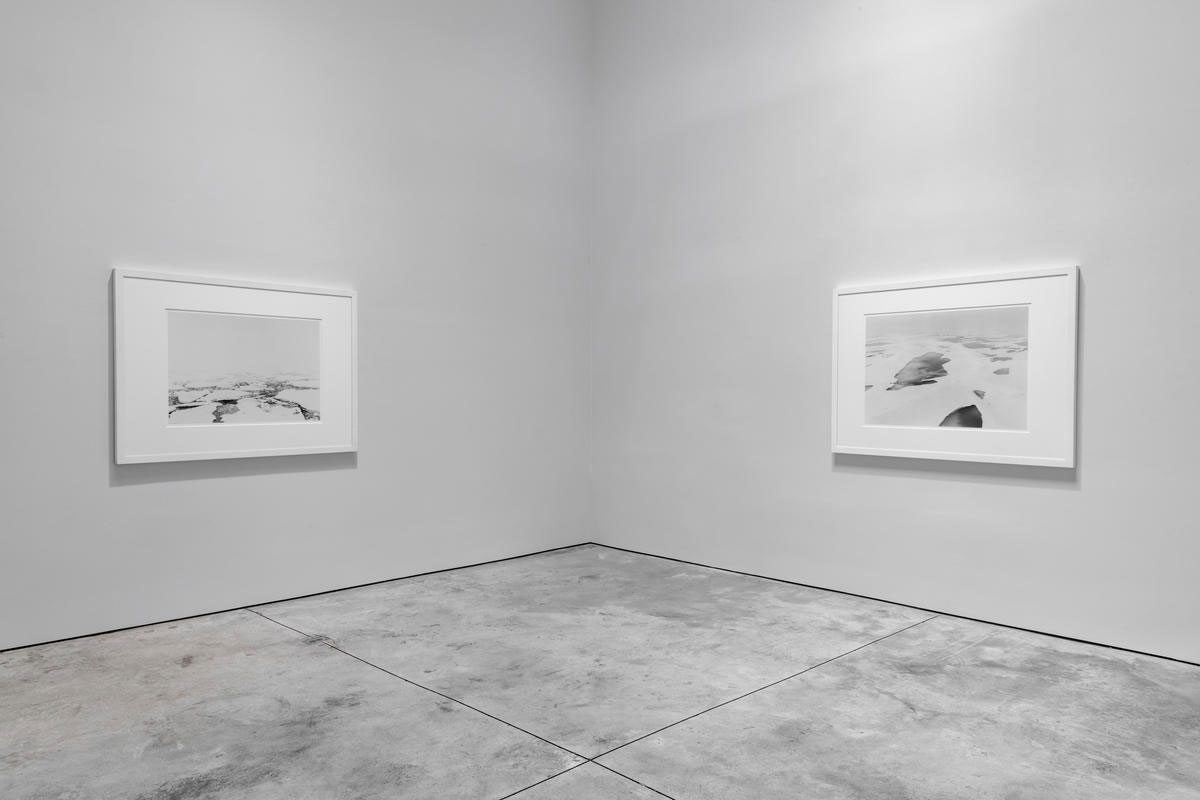ART CITIES:N.York-Thomas Joshua Cooper
 For 50 years, Thomas Joshua Cooper has been making photographs outdoors. Often realized through intense physical travel to remote and isolated sites, these stunning, large-scale, black-and-white photographs encapsulate the psychological impact of the place through geographic and atmospheric details. Using a 19th-century Agfa Ansco view camera, for him each place is a point of departure allowing contemplation of the ocean’s emptiness beyond the extreme points of the land.
For 50 years, Thomas Joshua Cooper has been making photographs outdoors. Often realized through intense physical travel to remote and isolated sites, these stunning, large-scale, black-and-white photographs encapsulate the psychological impact of the place through geographic and atmospheric details. Using a 19th-century Agfa Ansco view camera, for him each place is a point of departure allowing contemplation of the ocean’s emptiness beyond the extreme points of the land.
By Dimitris Lempesis
Photo: Blain|Southern Archive
Picture-maker and story-teller, Thomas Joshua Cooper has spent an entire working lifetime chronicling the qualities of time through his photographs of the earth’s topography. Cooper begins by choosing a location on a map, researching it, and then setting out to locate and photograph it. He notes, “It’s important to me that people, when looking at my images, can understand that I stood in those places, I looked out from those edges, and that where I stood, they, you or any of us, could also stand and look if they wanted to”. The works in his solo exhibition, “Allure”, are part of his project “The Atlas of Emptiness and Extremity”. Inspired by Magellan’s circumnavigation of the world in the 16th Century, Cooper set out to make pictures at the cardinal points of the extreme north, south, east and west of all five continents and the North and South poles surrounding the Atlantic basin. He has travelled the Atlantic Coast and Ocean for over three decades on a journey which concluded with a defining exhibition The World’s Edge, currently on view at the Los Angeles County Museum of Art. The works in the exhibition chart stages of Cooper’s epic undertaking, beginning with photographs from a journey inspired by the earliest European travellers, Viking pioneers and early Irish and Scottish wandering saints. Retracing their routes to the extreme north, images like “Rising freezing fog” (2007-08) (2004-2008), evoke the past wanderings of those in search of distant places, beyond the borders of the known world. “Force Majeure” (2006-08) recalls the dangerous weather conditions that occurred during Cooper’s expedition along the Antarctic Peninsula. Attempts at picture-making on shore would entail embarking and disembarking via a small dinghy from a 50ft sailing boat in sea swells. Reaching locations meant leaping from the dingy to clutch at rock faces while keeping the camera and equipment dry. This leap and clutch became Cooper’s metaphor for the struggle to make pictures on the long and arduous journey. Elsewhere in the exhibition, the calm of Cooper’s meditative black-and-white seascapes belie the challenges he faced, whilst establishing him as one of the foremost outdoor artists of our time.
Info: Blain|Southern, 547 West 25th Street, New York, Duration: 12/11-21/12/19, Days & Hours: Tue-Sat 10:00-18:00, www.blainsouthern.com




